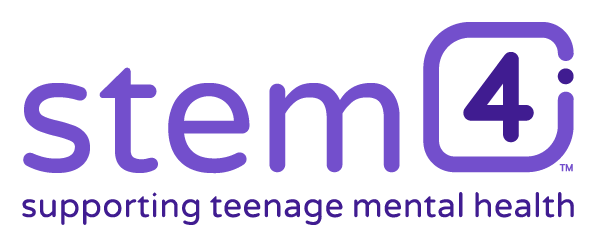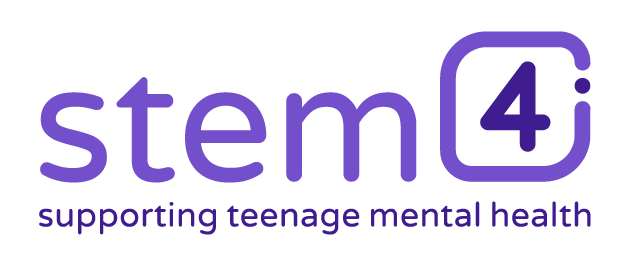2. Learning About Anxiety
Read the following flashcards to learn more about anxiety. You can do this by hovering over the flashcard.
Once you are done, you can test yourself! Turn the flashcards around and see if you can repeat some of the points you just learned.
What is anxiety?
Anxiety is a natural reaction. We all get anxious from time to time – like if we have to talk in public or take an exam. This short-term type of anxiety is useful. It makes us feel more alert and improves our performance.
Anxiety lies on a spectrum. On one end are the normal anxieties we all experience, on the other is when anxiety stays at a high level for a long time making it difficult to get on with life.
Unhelpful anxiety occurs when symptoms become too extreme, last too long or are triggered for no reason, potentially resulting in anxiety disorders that require treatment.
What are the symptoms of anxiety?
Most people can relate to physical symptoms of anxiety. For example, shallow breathing, sweating, fast heart rate, dry mouth and shaky legs.
Early symptoms of anxiety include anxious thoughts (predicting the worst, overthinking, racing thoughts that are usually scary), difficulty concentrating and feeling frightened, panicky and tearful.
Anxiety can result in certain behaviours. Having anxious thoughts and feelings often lead to anxious behaviours like avoiding things that create anxiety, getting agitated easily, and getting into arguments or fights more often.
How can we manage unhelpful anxiety?
Anxiety responds really well to psychological treatment especially one called Cognitive Behavioural Therapy (CBT). This treatment focuses on helping change anxious thoughts and behaviours to bring about change. It’s rare to take medication to help with anxiety.
Cognitive Behavioural Therapy includes learning to manage the symptoms of anxiety – physically through breathing and relaxing in special ways and mentally through identifying the thoughts that make you anxious and facing doing things either too much or too little. A GP can help in accessing CBT and there is also online help and apps.
You can also try the Clear Fear app, which uses Cognitive Behavioural Therapy principles. Clear Fear can help you identify anxious thoughts and make change. You can set yourself some goals to face your fear, one step at a time to help change anxious behaviours or learn to relax and calm through breathing, mindfulness exercises or by enjoying the gifs, jokes or inspirational quotes and people.


